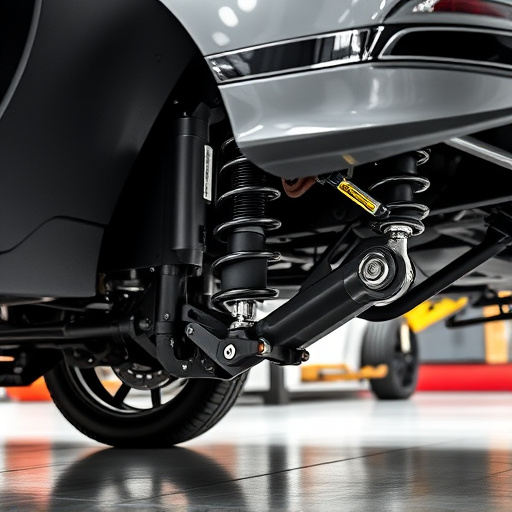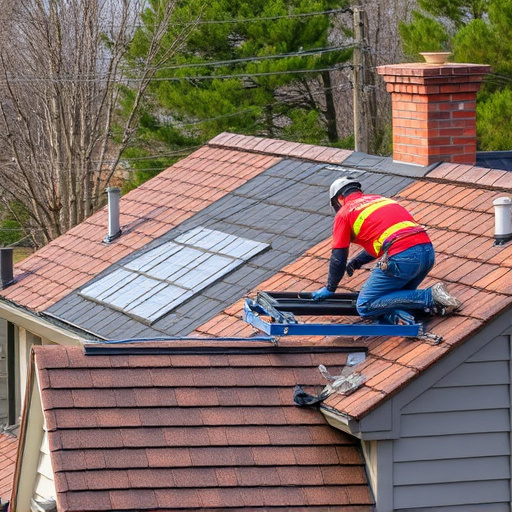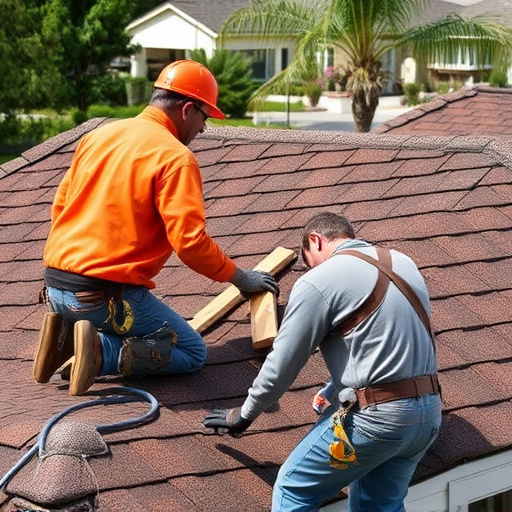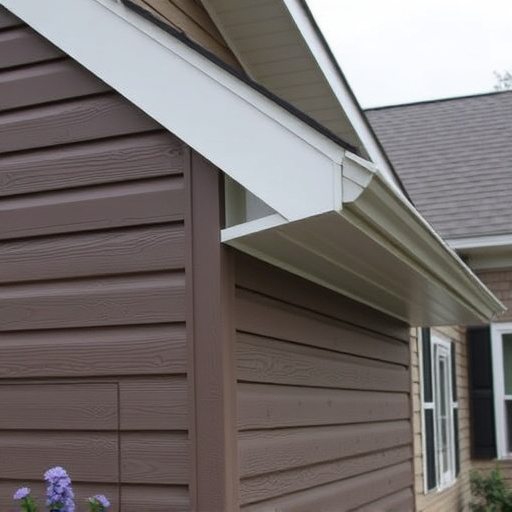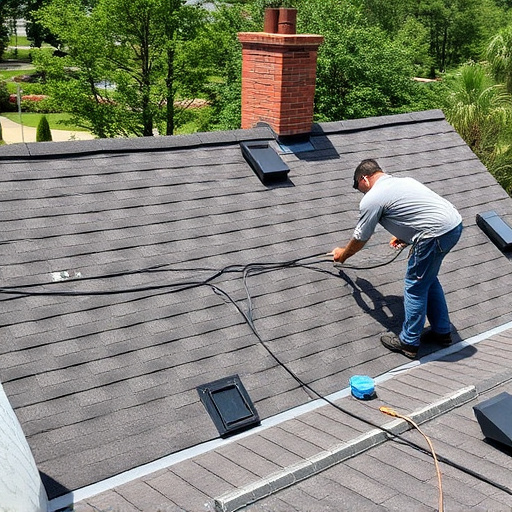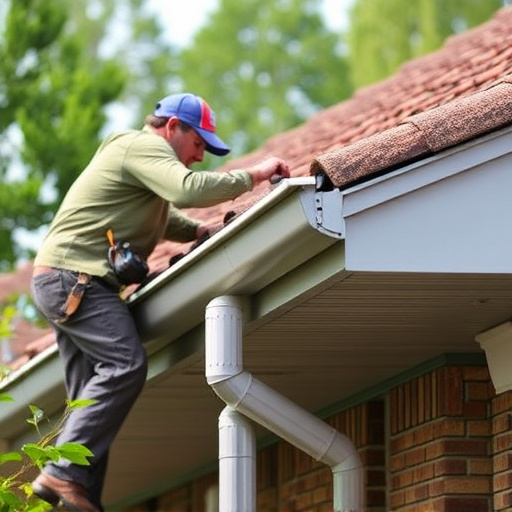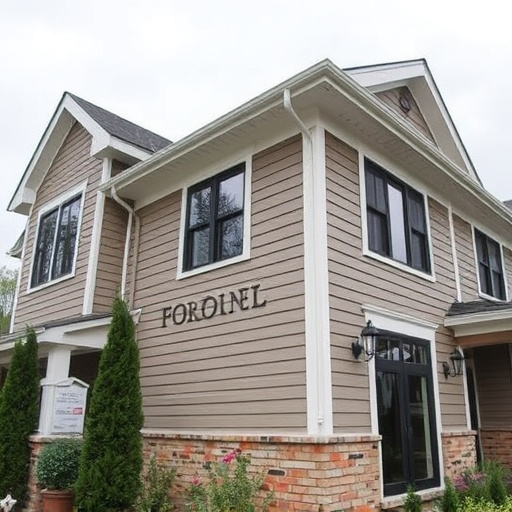Before scheduling roof repair, conduct a self-assessment of your home's exterior for wear and tear, checking for damaged shingles, water stains, loose siding, and blocked gutters. Prepare by documenting issues, reviewing insurance policies, and gathering relevant documents to ensure efficient service, accurate assessments, and potential reimbursement. Inform your family about disruptions and maintain a safe distance during repairs to prioritize safety and avoid further roof or siding damage.
Before and after a roof repair service, there are crucial steps to ensure a seamless experience. This comprehensive guide outlines what to do before and after your appointment to help you prepare and maximize the outcome. In the world of roof repairs, being proactive means assessing damage, gathering essential documents, and prioritizing safety. After the visit, understanding the process, inspecting the work, and implementing regular maintenance are key. Avoid common mistakes by ensuring clear communication, follow-up inspections, and recognizing potential future issues. Remember, a well-maintained roof is a valuable asset for any homeowner.
- Before Roof Repair: Preparation and Safety Measures
- – Assessing the damage: What to look for before the repairman arrives.
- – Gathering necessary information and documents.
Before Roof Repair: Preparation and Safety Measures

Before scheduling a roof repair service, it’s crucial to prepare your home and ensure safety measures are in place. Start by inspecting your roof for any visible damage, such as missing shingles or leaks, and document these issues with photos. Clear the area surrounding the roof of any debris, ladders, or objects that could hinder access or cause injury during the repair process. Ensure proper ventilation in the attic to prevent heat buildup, which can lead to further damage.
Additionally, prepare yourself and your family for brief periods of disruption during the repair work. Inform everyone about the scheduled service and potential temporary closures or noise levels. Keep a safe distance from the repair crew and avoid walking on the roof unless necessary and supervised by professionals. This preparation not only ensures a smoother process but also promotes safety for both your family and the roofing experts handling the repairs, including any siding repairs that might be part of the service.
– Assessing the damage: What to look for before the repairman arrives.
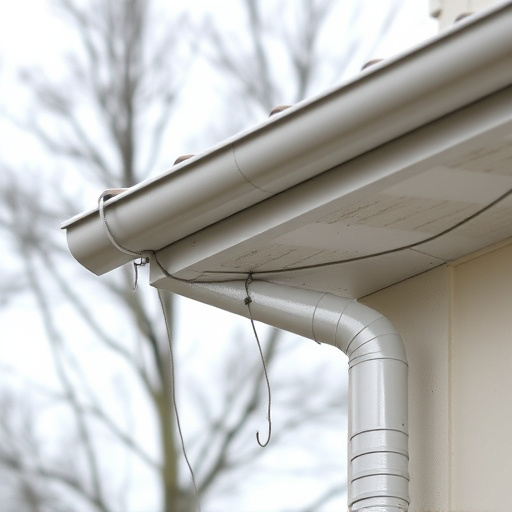
Before a roof repair service visit, take some time to assess the damage yourself. Look for any visible signs of wear and tear, such as missing or damaged shingles, leaks in the ceiling, or water stains on the walls and ceilings inside your home. Inspect the exterior for loose or peeling siding, as this could indicate structural issues or exposure to elements that need attention. Also, check for blocked gutters or downspouts, which can lead to water damage over time.
By being proactive and identifying these problems beforehand, you’ll be better prepared to discuss the issue with the repairman. This not only ensures a more efficient service but also allows for a clearer understanding of the extent of the roof repair needed, enabling you to make informed decisions regarding your exterior home improvements and choose the best course of action for your property and budget. Remember, professional siding services can significantly enhance your home’s exterior appeal, so consider these checks as part of your overall home exterior services maintenance routine.
– Gathering necessary information and documents.
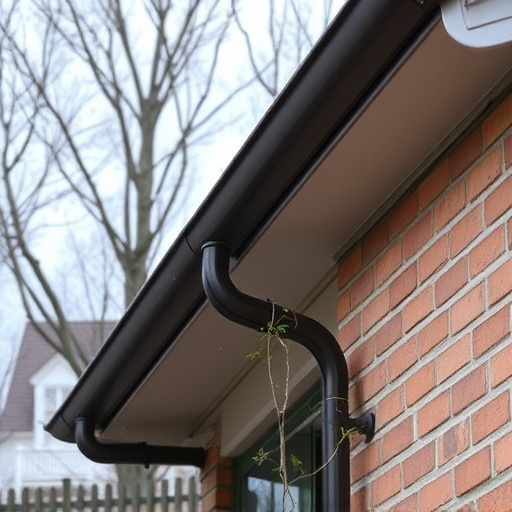
Before a roof repair service visit, it’s crucial to gather all necessary information and documents to ensure a smooth and efficient process. Start by taking detailed notes or even photos of the issues you’ve noticed, such as damaged shingles, leaks, or missing tiles. This visual evidence will greatly assist the roofing services professionals in diagnosing and assessing the problem accurately. Additionally, review your home insurance policy to understand what types of roof repairs are covered and what documentation is required for reimbursement.
Having relevant documents ready, like property deeds, insurance policies, and previous maintenance records, allows you to provide precise details about your residential roofing needs. This preparation not only saves time but also helps avoid potential misunderstandings later, ensuring a successful repair or replacement process.
Before and after any roof repair service, proper preparation is key. By assessing the damage, gathering relevant information, and ensuring safety measures are in place, you can make the most of your repair visit. This proactive approach not only streamlines the process but also helps in effective communication with the repair team, ultimately leading to a successful roof restoration. Remember, a little preparation goes a long way in ensuring your roof is in top condition.

